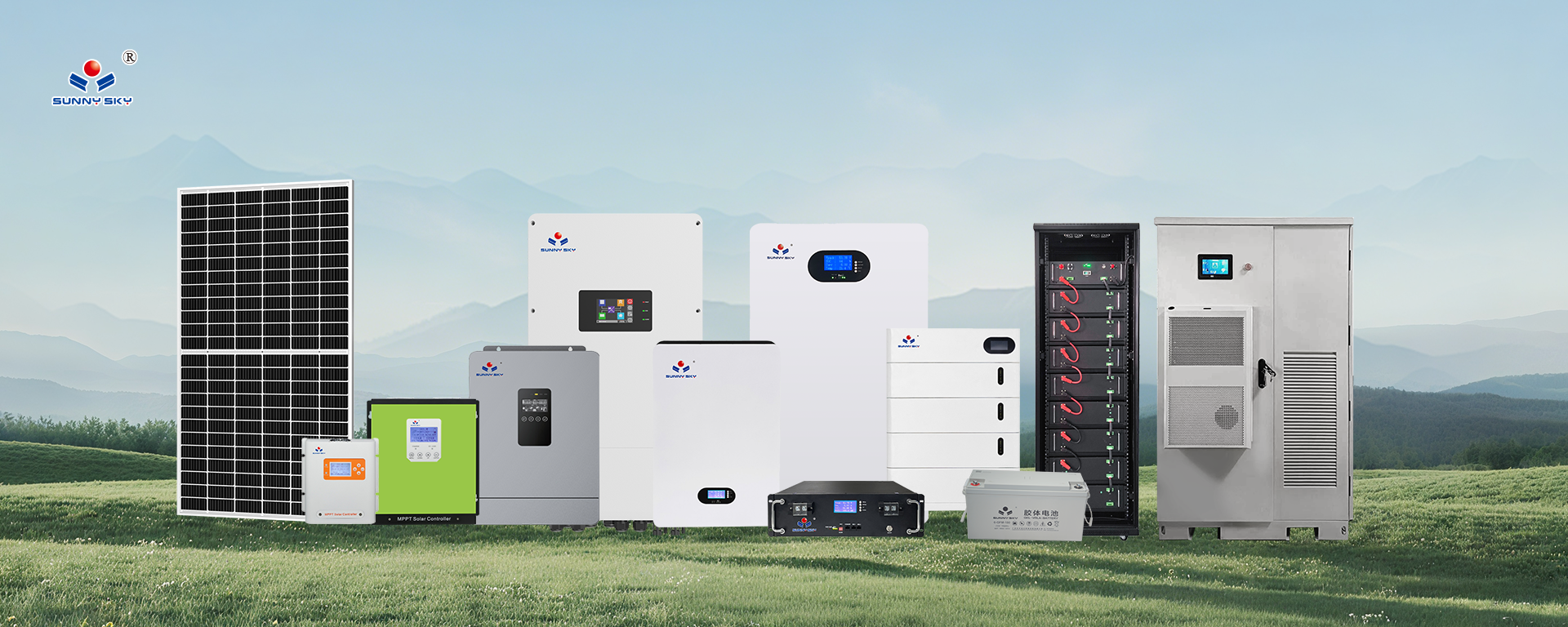Traditional vs. Modern Solar Storage
For many years, deep-cycle lead-acid batteries were the standard for off-grid and home energy storage. They were familiar and relatively inexpensive upfront. However, they come with significant drawbacks when compared to modern alternatives like the lithium ion battery for solar. Lead-acid batteries are heavy, have a much shorter lifespan (typically 3-5 years), require regular maintenance like checking water levels, and suffer from lower efficiency, meaning some of the energy you generate is lost during charging and discharging. In contrast, a residential lithium battery offers a lifespan of 10-15 years or more, requires no maintenance, is significantly lighter, and boasts round-trip efficiency ratings of over 95%. This stark contrast makes lithium technology a far superior long-term investment for any solar battery system.
Wall-Mounted vs. Standalone Systems
When considering a home energy storage solution, the form factor is another important point of comparison. Traditional battery banks often consist of multiple individual batteries wired together, taking up considerable floor space in a garage or utility room. The modern approach often involves a sleek, integrated unit like a 350AH wall-mounted battery. This design, often called a power wall lithium battery, offers a significant advantage in space-saving. It can be mounted neatly on a wall, freeing up valuable floor space and creating a cleaner, more organized installation. While standalone systems might offer some modularity, the all-in-one design of a wall-mounted solar storage battery provides a more aesthetically pleasing and user-friendly package, perfectly suited for contemporary homes.
Comparing Lithium Chemistries: The LiFePO4 Advantage
Not all lithium batteries are created equal. Within the lithium-ion family, different chemistries offer varying profiles of performance, safety, and longevity. While some chemistries prioritize energy density, Lithium Iron Phosphate (LiFePO4) has become the gold standard for solar energy storage applications. Compared to chemistries like NMC (Nickel Manganese Cobalt) used in many electric vehicles, LiFePO4 is exceptionally stable and safe. It has a higher thermal runaway threshold, making it far less susceptible to overheating. Furthermore, LiFePO4 batteries offer a significantly higher number of charge-discharge cycles, meaning they last much longer, making them the most durable and reliable choice for a solar power system battery that will be used daily for many years.
The Significance of System Voltage
A key specification to compare is the system's nominal voltage. Many modern, high-efficiency solar inverters are designed to work with 48V battery systems, and a 51.2V lithium battery is the standard for this category. Compared to lower voltage systems (like 12V or 24V), a higher voltage system is more efficient. For the same amount of power, a higher voltage requires less current, which reduces energy loss in the wiring and allows for smaller, less expensive cables. This improved efficiency means more of the solar power you generate is successfully stored and available for use, maximizing the performance and value of your entire solar installation.


